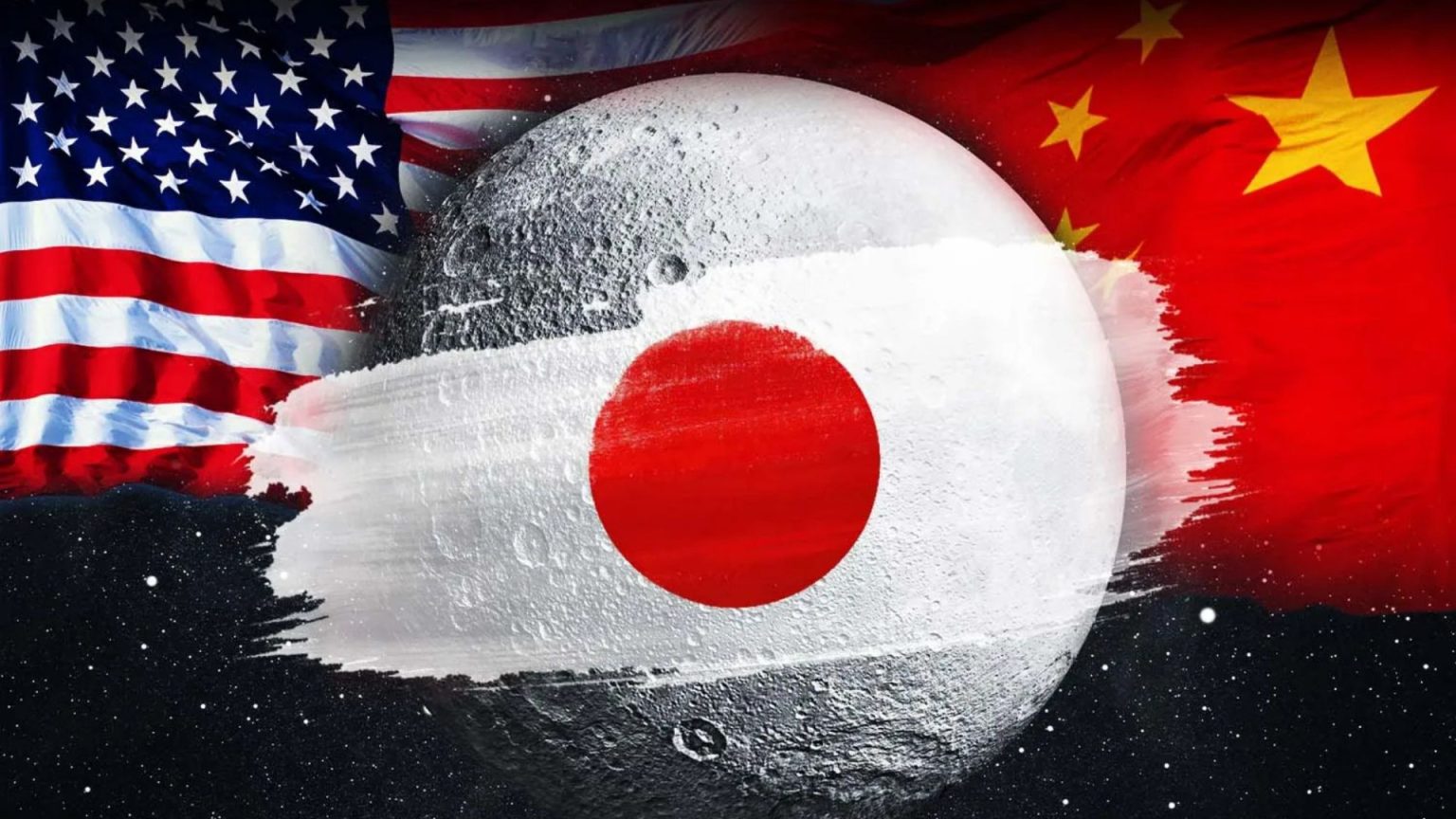The burgeoning lunar mining industry is poised to become a multi-trillion dollar enterprise, with nations and private companies alike vying for a stake in its vast potential. At the heart of this lunar gold rush lies Helium-3, a rare isotope of helium virtually absent on Earth but believed to exist in abundant quantities on the Moon, particularly within the resource-rich lunar south pole. Estimates suggest the Moon holds between one and three million tons of Helium-3, enough to satisfy Earth’s energy needs for millennia. This potential has spurred a new space race, with Japan, the United States, and China at the forefront of efforts to establish a lunar presence and secure access to these valuable resources. Japanese company ispace, in partnership with lunar extraction firm Magna Petra, has announced plans to harvest and deliver Helium-3 back to Earth, highlighting the growing commercial interest in lunar mining.
Helium-3’s allure stems from its potential as a clean and virtually limitless energy source. Unlike traditional nuclear fission, Helium-3 can be used in nuclear fusion reactions without producing dangerous radioactive waste. This makes it an extremely attractive alternative for powering future generations. The current scarcity of Helium-3 on Earth contributes to its high value, with estimates placing the cost of a single gram at around $1,400. Extrapolating this figure, the potential value of the Moon’s Helium-3 reserves could reach trillions of dollars, making it an incredibly lucrative target for resource extraction. The extraction process, as envisioned by ispace and Magna Petra, aims to be sustainable and non-destructive, minimizing the environmental impact on the lunar surface.
However, the pursuit of lunar resources raises concerns about a potential “Wild West” scenario, where competing nations and private entities engage in a chaotic scramble for limited resources. The lunar south pole, being both resource-rich and a prime location for water-based ice crucial for future human settlements, is a particularly contested area. This region has become the focal point of both the United States’ Artemis program and China’s ambitious lunar exploration plans. Both nations aim to return astronauts to the Moon, a feat not accomplished since the Apollo era, with the lunar south pole as their primary target. This overlapping ambition intensifies the competition and underscores the need for international cooperation and resource management frameworks to prevent conflict and ensure responsible lunar development.
The renewed space race is not merely a pursuit of scientific discovery but also a strategic competition for economic and geopolitical advantage. The United States and China, already locked in a tech war on Earth, are now extending their rivalry to the cosmos. China’s significant investment in its space program, coupled with its rapid technological advancement, poses a serious challenge to the United States’ traditional dominance in space exploration. While NASA has faced setbacks and delays with projects like the Viper lunar mission and the Mars Sample Return, China’s efficiency and speed in development could give it an edge in the race to establish a permanent lunar presence and exploit its resources. This dynamic underscores the urgency for the United States to maintain its competitive edge in space technology and exploration.
The race to the Moon is not simply about planting flags and claiming territory; it’s about securing access to vital resources that could shape the future of energy, technology, and geopolitical power. The Moon’s potential as a source of Helium-3, water ice, and other valuable materials makes it a strategic asset in the 21st century. The competition between nations, while potentially driving innovation, also carries the risk of conflict and environmental degradation if not managed responsibly. International cooperation and the establishment of clear legal frameworks for resource extraction and utilization will be crucial to ensuring a sustainable and peaceful future for lunar exploration and development.
The emerging lunar economy promises to be a transformative force, but it also presents significant challenges. The potential for vast wealth and scientific advancement is intertwined with the risk of environmental damage, international tensions, and ethical dilemmas. As humanity takes its first steps towards becoming a multi-planetary species, the choices made in the coming decades regarding lunar resource management will have profound implications for the future of both Earth and the Moon. The development of a robust legal framework, fostering international cooperation, and prioritizing sustainable practices will be essential to ensure that the lunar gold rush benefits all of humanity and preserves the pristine environment of our celestial neighbor.











